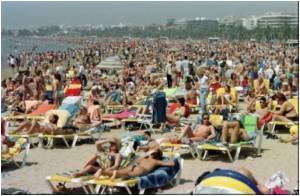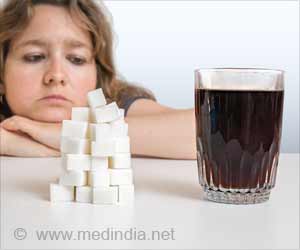The Cancer Council of Australia has declared upgrading sunscreen factor may not make much of a much difference.

Several sunscreens sold in Australia already have SPFs much higher than 30 but the law prohibits manufacturers from making the information public.
The Cancer Council argues that higher factor sunscreens don't offer much extra protection from UVB - the ultraviolet light that causes sunburn and is a major cause of melanoma - 96.7 per cent for SPF30 compared to 98 per cent for SPF50.
Terry Slevin, the Chairman of Cancer Council Skin Committee says that he is worried about the fact that people will expect too much from the newsunscreen.
He further stated that the up-gradation of SPF30 to SPF50 will provide only 1.3% sun protection value and people will not benefit much from the newsunscreen.
''Our view is that 30+ is all that's necessary,'' said a Cancer Council spokesman, Craig Sinclair, who also chairs Standards Australia's sunscreen committee. ''By going to a higher SPF we're not adding a significantly better product in terms of protection and we're concerned that people will think they have a shield of armour on.'' The committee will vote on the finalised standards in December.
Others believe sunscreens should be compared based on the amount of light they allow in rather than what they block out.
The Cancer Council is concerned that the debate over SPF may overshadow the issue of poor sunscreen application.
''People only put on one-third to half as much product as they should,'' Mr Sinclair said. ''While inherently [sunscreen is] a good product for what it does it's fallible because of typical human behaviour. When you're playing around between a product that blocks 98 per cent versus 96.7 it's neither here nor there.''
One issue not up for debate is the use of nanoparticles, which are commonly found in sunscreens as zinc oxide and titanium dioxide, wrote Melissa Singer in Sydney Morning Herald.
Organisations including Friends of the Earth have campaigned against their use and for mandatory labelling due to concerns that the metal fragments can enter the bloodstream. However, ACCORD and the Therapeutic Goods Association have defended their use, arguing there is insufficient scientific evidence that they cause adverse health effects.
The US is also planning an overhaul of its sunscreen standards, including a proposed ban on products making anti-cancer or anti-ageing claims and a star-rating system for UVA protection.
Source-Medindia
 MEDINDIA
MEDINDIA


 Email
Email










